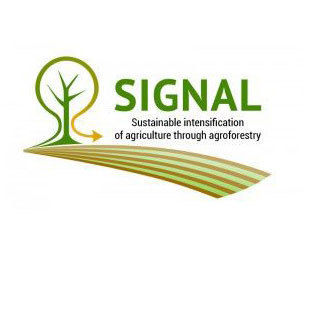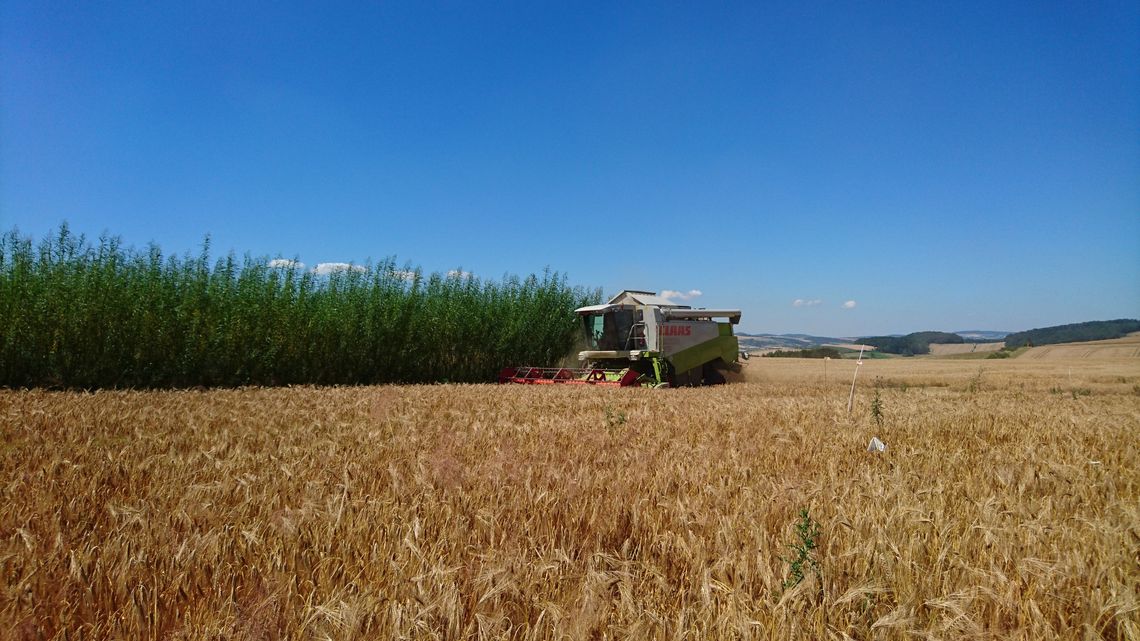About the Project:
People and Partners
Project Leaders
Partner Organizations
-
Georg-August Univesity Göttingen
-
University Kassel
-
Julius Kühn-Institut
-
Brandenburg University of Technology Cottbus - Senftenberg
-
Helmholtz Center Munich - German Research Center for Environmental Health (GmbH)
-
University Hohenheim
-
German Association for Agroforestry (DeFAF) e.V.
-
Thuringian Federal Agency for Agriculture and Rural Areas (TLLLR)
Contacts
News
- In dialogue with practitioners at the DLG Field Days
- BonaRes/Rhizo4Bio Status Seminar on 14/15 March 2022
- Job offer: Research assistant in soil biology and plant nutrition
- Job offer: PhD candidate in soil science, agroforestry
- New publication SIGNAL: Tree rows in temperate agroforestry croplands alter the composition of soil bacterial communities
Publications
- Tree lines do not reduce grassland productivity and herbage quality in alley cropping under drought
- Alley cropping tree lines alter temperature and light quantity and influence daily growth rates of grassland
- Tree-distance and tree-species effects on soil biota in a temperate agroforestry system
- 13 years of biomass production from three poplar clones in a temperate short-rotation alley cropping agroforestry system
- Multifunctionality of temperate alley-cropping agroforestry outperforms open cropland and grassland

